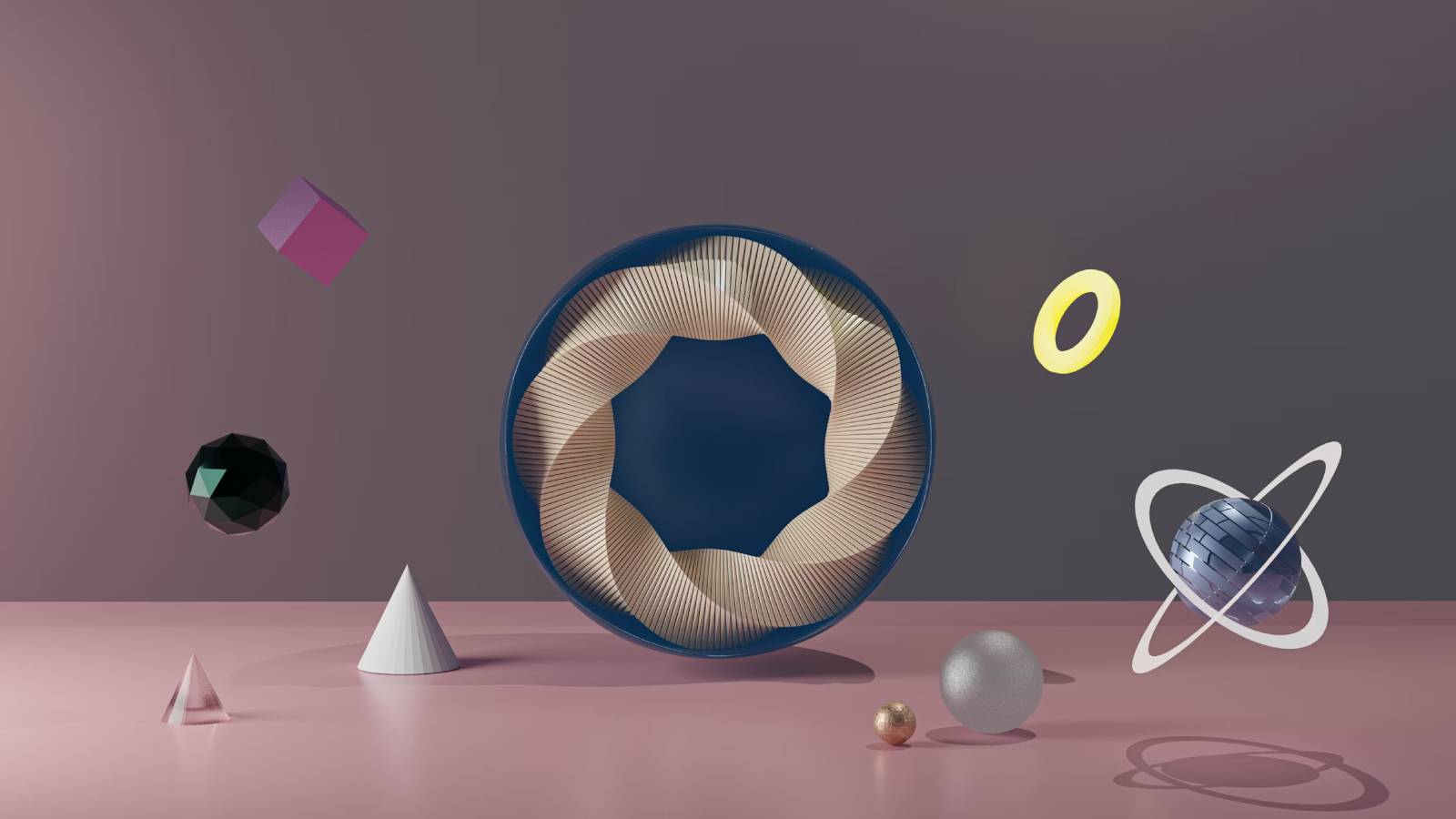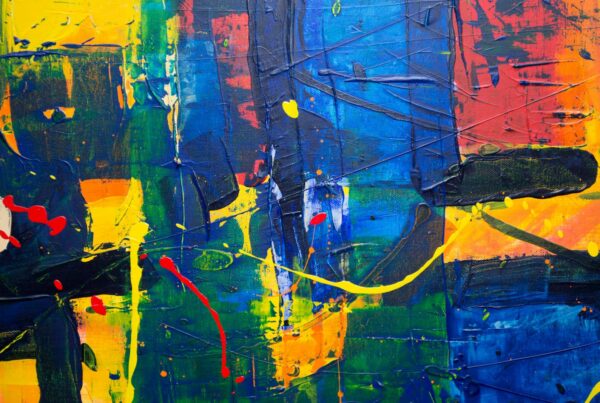Disclosure Sponsored Links: This post contains a paid-for sponsored link, meaning we have received compensation in exchange for including it. Sponsorship does not influence our content, but we believe in transparency regarding paid placements.
Art education is undergoing a profound transformation, propelled by the integration of digital tools and technology. In the past, artistic expression was largely confined to physical mediums such as paintbrushes, pencils, and clay. However, the advent of laptops equipped with sophisticated software and applications has revolutionised the way art is taught and learned. In this article, we will explore the myriad ways in which digital tools and education services, particularly those accessed through laptops, are enhancing the art education experience.
Table of Contents
Digital Drawing and Painting Software: Unleashing Creativity
Digital painting and drawing software now give us considerable capabilities for artistic expression. Students can do their works of art creatively with applications like Adobe Photoshop, Corel Painter, and Procreate made possible. Thus, these computer programs allow students to revise and rework their artwork as often as desired to reach a professional level of completeness, either in intricate line work or complex color blending.
In addition to that, students gain an opportunity to perfect and improve their skills by copying or interacting with the art pieces’ digital format that is easy to edit and manipulate. Digital drawing and painting software expand the boundaries of artistic expression by putting new avenues of creation within one’s reach, regardless of whether one is doing digital illustrations, concept art, or multimedia.
3D Modelling and Animation Tools: Sculpting in the Virtual Realm
Students can explore three-dimensional creativity in addition to two-dimensional art thanks to laptops that come pre-installed with 3D modelling and animation applications. Students may create realistic scenes, sculpt complex models, and animate figures with the help of programs like Blender, Autodesk Maya, and Cinema 4D.
Students have a deeper knowledge of form, space, and perspective when they are able to create in three dimensions. Through investigating ideas like topology, rigging, and character animation, they can acquire important abilities that are becoming more and more sought after in a variety of fields, such as visual effects, gaming, and animation.
Online Tutorials and Resources: Learning Beyond the Classroom
Nowadays students can rely on multiple tutorials and online educational resources making the web their best friend during studies. libraries with thousands of tutorials across various artistic domains or decorated techniques can be found on platforms like Coursera, Udemy, or YouTube. And this applies not only to art but to all other subjects you study in school. Sometimes you may find it difficult to complete your homework, especially if you have a natural affinity for the arts and need help with excel, chemistry etc. You can use https://papersowl.com/excel-homework-help where you can find qualified specialists who will help you with your task in Excel and also in your other homework.
Besides these online resources that students use, they obtain their own pace of learning, topics that engage them, and attain their specific purposes. They include simple courses on the main topics of drawing, for example, as well as complex ones on digital sculpting and character creation. Moreover, students provide each other with feedback and advice, exchange artworks, and communicate with teachers and professional artists through online groups and forums.
Virtual Reality (VR) Platforms: Immersive Learning Experiences
In this respect, “virtual reality (VR)” is the merging technique of immersive arts education learning environments. Via apps like Tilt Brush, Oculus Medium, and Google Blocks, students can create, paint, and then even interact with their virtual paintings in real life, thus giving them the ability to see, feel, and walk in a virtual environment.
Through VR students may exercise spatial relationships, manipulate scale and proportion, and handle objects in a way never available before. These immersive learning opportunities are excellent resources for art instruction in both conventional classroom settings and remote learning situations because they stimulate creativity, spatial reasoning, and teamwork.
Benefits of Integrating Laptops into Art Education
The integration of laptops into art education offers a host of benefits for both students and educators alike.
More Educational Materials: Students can access a variety of educational materials at any time and from any place with a laptop, including tutorials, reference images, and instructional films. This accessibility allows for self-directed learning by allowing students to experiment with different methods and styles and study at their own pace.
Better Response from Peers and Instructors: Through digital platforms, students may collaborate on projects, share ideas, and receive prompt feedback from teachers and their peers. Through the use of online forums, collaborative papers, and virtual critique sessions, digital tools improve learning and foster a sense of community among students.
Flexibility in Learning: Students have a variety of ways to interact with the course materials when using laptops. Students can take control of their education through interactive classes, multimedia presentations, or real-world projects thanks to the range of learning styles and methods made possible by digital tools.
Dynamic Curriculum Content: Educators can swiftly adjust the lesson plan to fit the learners’ needs and interests as well as the constantly changing demands of the modern world through the use of computers. Using digital resources, the instructors can make their lectures stronger by adding visual files, exercises, and real-life examples.
Conclusion
At the art school, at last, the use of laptops and digital technologies has successfully redefined the methods that the students use for studying, production, as well as collaboration. From virtual reality and online classes to digital drawing or 3D modelling, these tools provide students with a breadth of opportunities, unseen before in artistic expression and creative discovery. Those educators who are technology-oriented have created a dynamic learning world that makes for creativity, collaboration, and a lifelong learning process in art and design disciplines.








